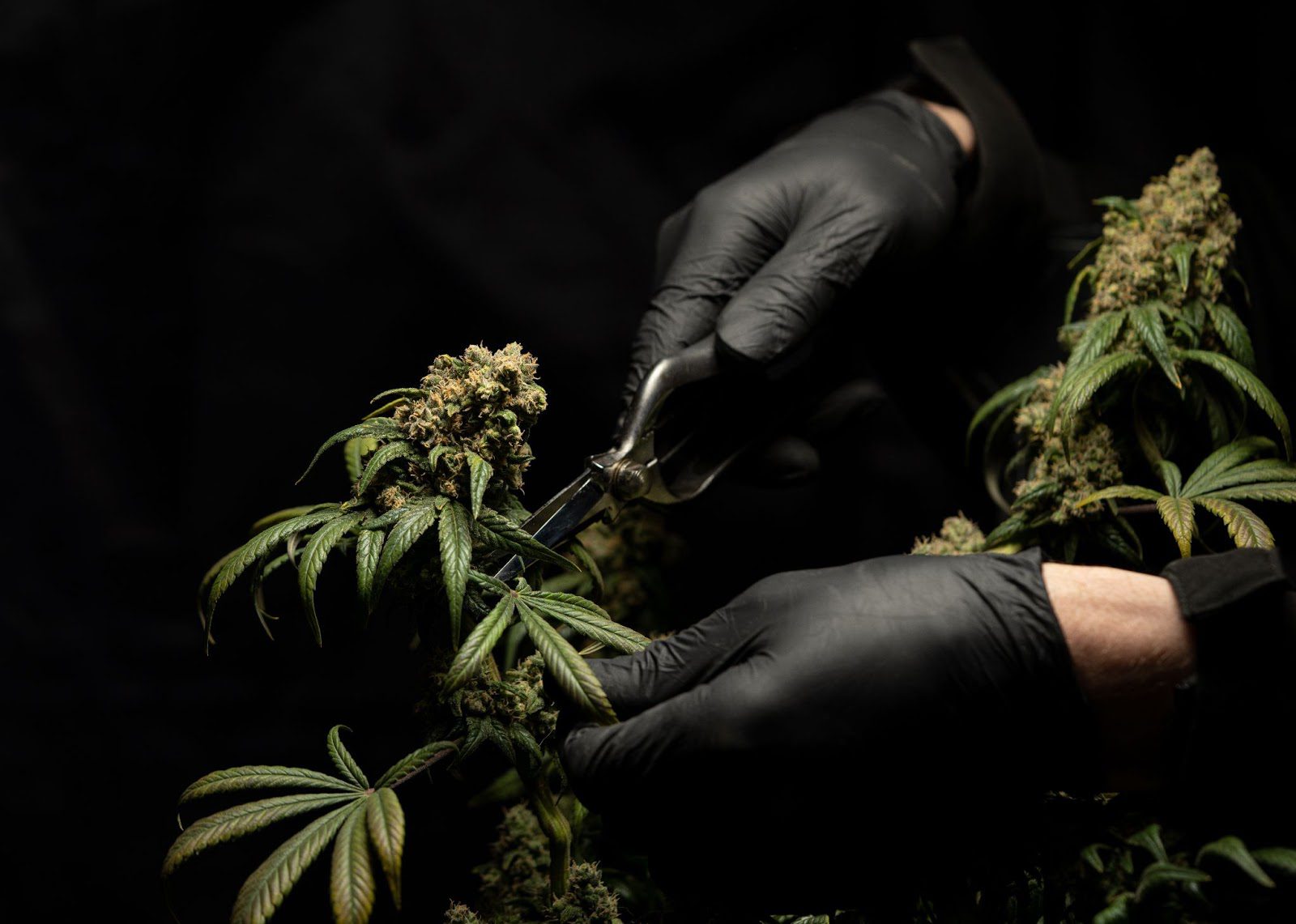There are over 113 recognized cannabinoids. Heavy emphasis is placed on THC and CBD, and they’re arguably the most important cannabinoids. People who use cannabis usually want to get high or relax. Some people prefer the combination of the two.
Looking at weed through such a narrow lens excludes the benefits and effects of other cannabinoids. If you’re looking to find the perfect weekday strain, you want something with a cannabinoid profile that will provide a unique set of benefits suited to your needs. CBG is one of those cannabinoids, and some strains have far more CBG than others.
What is a cannabinoid?
Cannabinoids are the naturally occurring compounds in the cannabis plant. The plant makes cannabinoids to support its own functions. They help the plant grow, flower, and thrive in its ideal environment.
Your body is full of cannabinoid receptors that use (or at least are influenced by) these cannabinoids to produce certain effects. THC is the cannabinoid that gets you high. CBD is the cannabinoid that people use to support better sleep, promote exercise recovery, and generally chill out. CBD and THC are always playing cat and mouse game. The simplest explanation is that CBD chases THC away, limiting its ability to bind to your cannabinoid receptors and get you high.
Other cannabinoids are a part of this game, but they play smaller roles. All cannabinoids interact with your cannabinoid receptors in some way, even if they don’t bind to them. Some cannabinoids will interact with other receptors in your body that manage different processes, which will lead to a different outcome.
You might find that the strains you like most have a specific balance of cannabinoids that play this game of chase and touch base with the receptors that promote that perfect feeling of homeostasis. You’ll get a great high while enjoying the unique benefits that each cannabinoid imparts.
What is CBG?
The major cannabinoids in the cannabis plant all begin as a compound called CBGA, or cannabigerolic acid. The plant uses cannabigerolic acid to manufacture other acid forms of cannabinoids, like THCA and CBDA. Things like light, heat, and the curing process help to convert these cannabinoids into THC and CBD.
CBG is CBGA that was converted from its raw form before it became another cannabinoid. Because the plant is not inclined to hold onto CBGA in its raw state, most strains wind up with very low amounts of CBG in their “finished product,” so to speak. CBG is considered a minor cannabinoid because no strain will contain a wealth of it.
Growers are experimenting with ways to produce strains that have more CBG than other strains. Strains that retain the highest amounts are bred together to produce strains with a favorable cannabinoid balance and a larger kick of CBG in the dried flower.
This is a bit of an organic science experiment. As people become more educated about the benefits of particular cannabinoids, the market is growing for strains that are higher in cannabinoids that are a little more off the beaten path. There are strains produced specifically for their higher than normal CBG content.
What does CBG do?
CBG is still being studied for its potential medical benefits. These studies tend to take a long time to complete and process, and the FDA takes even longer to review them. The FDA has approved certain drugs containing CBD for seizure disorders and drugs containing THC for patients undergoing chemotherapy or living with AIDS. Presently, the FDA has not approved any drugs containing CBG to treat any conditions.
The most important line of CBG research relates to glaucoma. The inside of the human eye contains cannabinoid receptors. When CBG is introduced to these receptors, it appears to relieve pressure within the eye. CBG is something called a vasodilator. Vasodilators encourage blood vessels to widen, allowing oxygenated blood to pass through with ease. This improves uncomfortable symptoms for people living with glaucoma.
CBG may also possess neuroprotective properties. This is promising for people living with conditions or at risk for conditions that decline cognitive function.
None of these findings have been proven yet, but early research is significant enough to warrant further study. In the meantime, there’s no evidence that CBG is harmful. It’s still not a definitive fact that CBG works for any of these conditions, but be patient. Further study may lead researchers to some revolutionary conclusions.
It’s also worth noting that CBG doesn’t get you high — that’s all THC’s job. CBG does interact with your cannabinoid receptors, but it won’t produce the same kind of reaction that THC does. If you want CBG without a powerful punch, you can choose a lower THC variety of a flower high in CBG without sacrificing the potential benefits.
Checking lab reports
Most commercially available cannabis and hemp products are tested by third-party labs to verify the concentrations of their cannabinoids and the validity of their genetics. Before you buy a flower for its CBG content, check the lab report. Any strain can claim that their flower contains CBG and be telling the truth. The question is whether it contains 10% CBG or 0.1% CBG, which is a huge difference. The lab report will clear that up.
